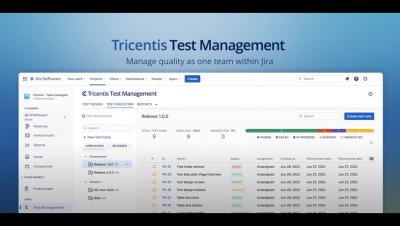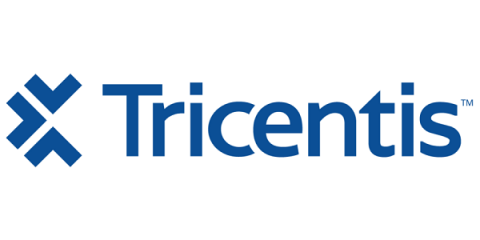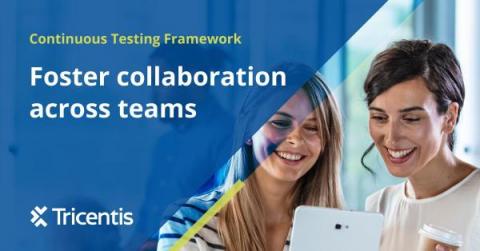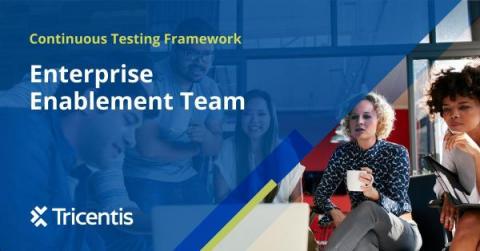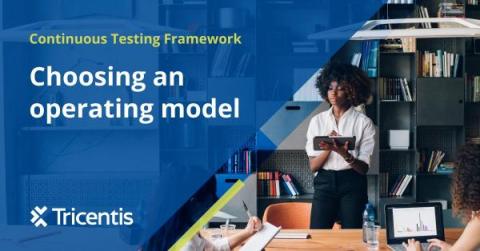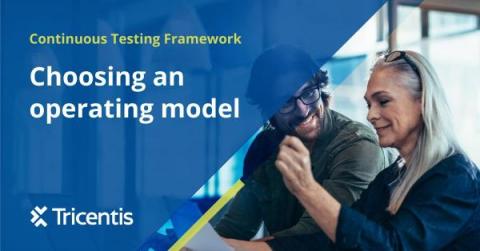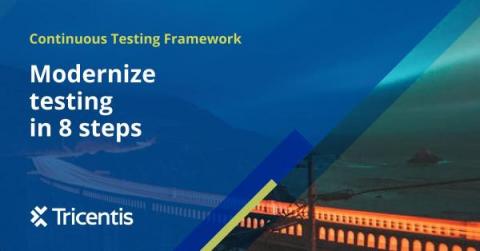Systems | Development | Analytics | API | Testing
Tricentis
Secret weapons for testing transformations
Have you developed a vision for modernizing your testing? Now it’s time to make that vision a reality. When you set out to transform your testing practice, don’t just aim to improve a few processes—instead, strive to make sweeping changes in the culture and activities of your testing organization. By definition, a transformation should entail major changes. It’s your chance to implement an entirely new vision for testing.
Why now is the right time to move on from Micro Focus
Organizations relying on testing tools from Micro Focus (and before that, HPE) to ensure the quality of their digital initiatives recently received sobering—if not surprising—news: Micro Focus announced that it was being acquired by OpenText, giving the company’s aging testing products their second “new home” in five years (Micro Focus acquired ALM/Quality Center, UFT, and LoadRunner as part of their 2017 purchase of HPE’s software business).
Foster collaboration across teams
The Continuous Testing Framework (CTF) is designed to describe the roles, processes, skills, and tools organizations will need to establish modern testing practices. Collaboration is a key component of a high-performing development organization. It enables organizations to ensure their teams are working together effectively as they scale up their testing. Consider how this collaboration would take place at the Team, Program, and Enterprise levels of an organization.
Evolve Your SAP Quality Assurance
The SAP environment and applications form the technology hub for many organizations. Out of the world’s 500 largest companies, 94 percent are SAP customers. The typical enterprise portfolio includes 2,000 to 3,000 applications in production—and an average transaction touches 83 different technologies. This complex, dynamic IT landscape presents significant challenges for QA teams.
Enterprise Enablement Team
Digital transformation initiatives such as S/4HANA transformations or DevOps can have a major impact on how we test, ensure, and manage quality. Traditional testing organizations continue to look for ways to increase speed and reduce costs. Test automation and continuous testing play an integral role in enabling these initiatives and bringing about positive changes.
Choosing an operating model
One of the major steps in our 8 Step Guide to Modernizing Your Testing Organization is selecting the right operating model for your testing team. Why? Because this is were you determine how your testing organization will actually run. This is where you’ll establish accountability and communication needed to continue testing innovation and maintain best practices.
Defining your test strategy
Accelerating your software delivery cycle is impossible unless you also accelerate and enhance your approach to software testing. In another article we described the eight steps of the journey to transform your organization into a modern testing organization. This article will focus on defining your test strategy. You’ll learn about the importance of adopting agile practices.
Modernize testing in 8 steps
Why should you invest in software testing? And if you’ve already invested heavily in your testing program, why should you invest in modernizing your current practices and tools? If these are questions you’ve heard or asked yourself, take a cue from your peers, Gartner, and the World Quality Report. When you modernize your testing, you make it easier for IT staff and business stakeholders to collaborate in ways that lead to faster software delivery and better business outcomes.


